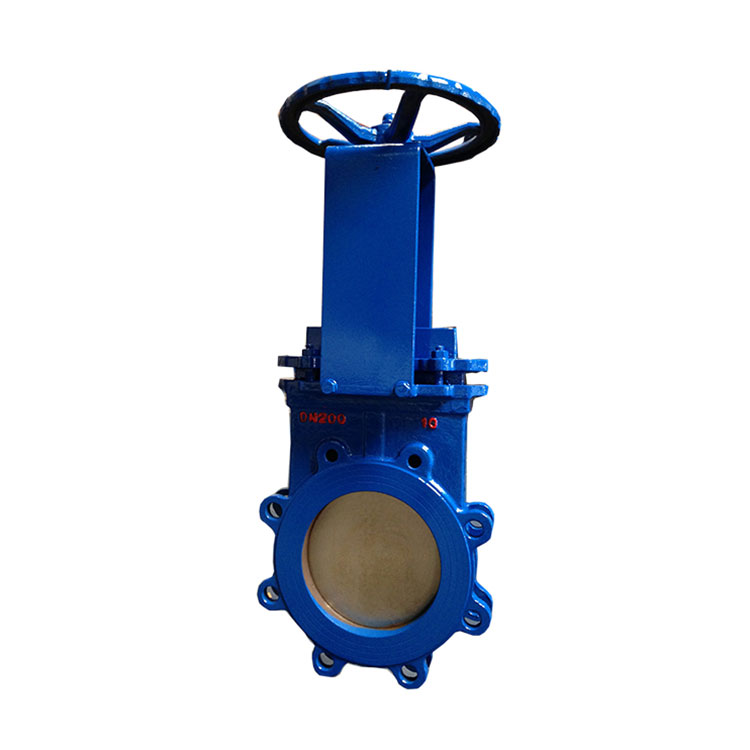Features and considerations for a bidirectional knife gate valve
2024-01-23
A bidirectional knife gate valve is a type of valve designed to control the flow of fluids, particularly in applications where there is a need for reliable isolation or on-off control. The term "bidirectional" indicates that the valve is capable of effectively sealing flow in both directions. Here are key features and considerations for a bidirectional knife gate valve:
1. Design: A bidirectional knife gate valve has a gate or blade that can cut through and seal against the flow of fluid in both directions. The gate is often designed to have a sharp edge, resembling a knife, which is where the name originates.
2. Bi-Directional Sealing: The valve is designed to provide a tight seal against the flow of fluids in both the upstream and downstream directions. This bidirectional sealing capability is important for applications where the flow direction may change.
3. Gate Material: The gate or blade of the knife gate valve is typically made from materials that provide good wear resistance and durability. Common materials include stainless steel, cast iron, or other alloys depending on the application and the nature of the fluid being handled.
4. Actuation: Bidirectional knife gate valves can be manually operated or automated using various actuation methods. Common actuation methods include hand wheels, levers, pneumatic actuators, or electric actuators. The choice of actuation depends on the application and control requirements.
5. Applications: These valves are used in a variety of industries and applications, including wastewater treatment, pulp and paper, mining, chemical processing, and other processes where the ability to cut through thick media and provide bidirectional sealing is essential.
6. Throttling vs. On-Off: While knife gate valves are primarily designed for on-off service, some designs may allow for limited throttling or flow control. However, they are not typically recommended for precise flow modulation due to the potential for wear and erosion of the gate.
7. Port Design: The port of the valve is designed to match the nominal size of the piping system. The unobstructed flow path when the valve is open minimizes pressure drop.
8. Self-Cleaning: The knife-like gate design allows for self-cleaning as it cuts through and removes any solid particles in the fluid, making them suitable for applications with slurries and viscous media.
9. Maintenance: Regular maintenance is essential to ensure the proper functioning of bidirectional knife gate valves. Inspections, lubrication, and replacement of worn components may be necessary over time.
10. Material Compatibility: The materials used in the construction of the valve should be compatible with the characteristics of the fluid being handled, including factors such as corrosion resistance, temperature resistance, and chemical compatibility.
11. Installation Orientation: Knife gate valves can be installed in various orientations, including horizontal and vertical positions, depending on the specific requirements of the system.
Bidirectional knife gate valves are chosen for applications where reliable isolation and bidirectional sealing are crucial. Proper selection, installation, and maintenance are essential to ensure the longevity and performance of these valves in specific industrial processes.



